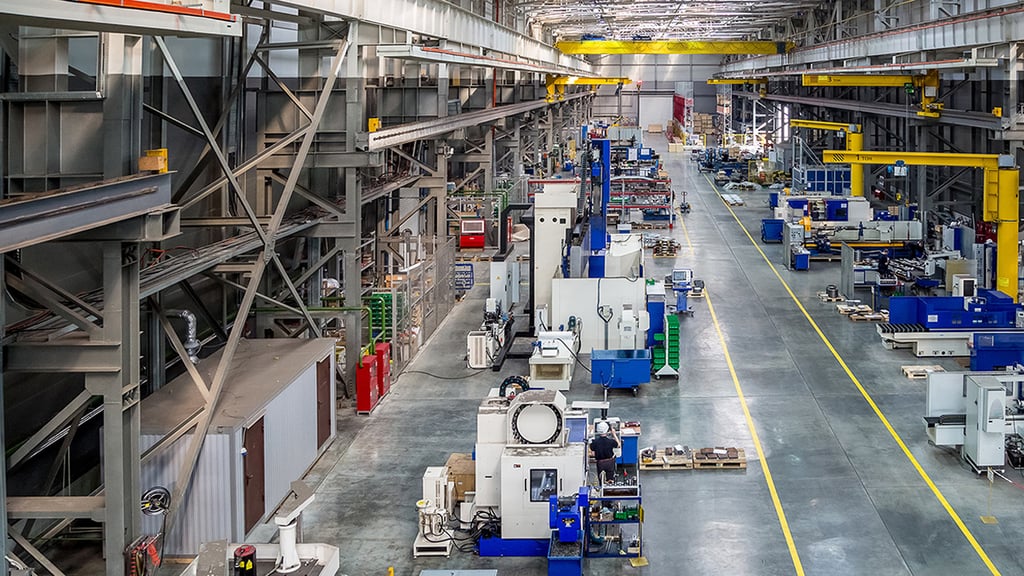The state of play: real momentum, rising scrutiny
Investment and capacity continue to climb, particularly across Asia-Pacific, including China, and supply chains in several categories are ready to deliver. Yet sentiment has cooled. Policy delays, including the 12-month IMO deferral and geopolitics have allowed scepticism to distract from genuine advances The result is an execution gap: bankable projects stall for want of policy alignment, infrastructure access and independent assurance. In many organisations the conversation has shifted from why to how, exposing three blockers: finance access, infrastructure access and consistent cross-border carbon rules.
What we need now is not more fanfare. We need clarity, confidence and credible delivery.
What COP30 must drive
COP30 is positioned to be the moment where the system moves from promises to delivery. Five shifts would unlock real progress.
1) Mutual recognition for low-carbon molecules
Cross-border trade in hydrogen and captured carbon is now imperative if regions are to scale efficiently and use infrastructure sensibly. Building on the COP28 Declaration of Intent, we need a clear route for common lifecycle assessment and mutual recognition. With shared methods and boundaries, financing becomes less speculative, supply contracts are simpler to structure and concessional instruments can be tied to performance that can be relied upon. This clarity can link to concessional loans or carbon-credit mechanisms that reward verified performance.
2) Put nature alongside carbon
Belém’s Amazon setting should mark a step change. We need to move beyond a carbon-only lens to outcomes for nature and people, including biodiversity, water, land use and community resilience. I want to see multinationals set measurable nature targets and collaborate across regions on biodiversity outcomes, supported by clearer definitions of what counts as a meaningful, verifiable target.
3) Sustainable fuels with credible standards
More than twenty countries have committed to ramp up sustainable fuels by 2035. That is encouraging, but questions of feedstock accessibility, end-user commitment and emissions traceability remain. A practical outcome from COP30 would be movement towards global certification criteria with consistent system boundaries and robust chain-of-custody. At minimum, we need a pathway that reflects full lifecycle impacts and how fuels are actually produced and used. Private commitments from aviation, shipping and heavy transport should reinforce the signal.
4) Clear national roadmaps for nuclear, including SMRs
Data-centre and AI demand are pushing electricity consumption higher just as we accelerate renewables. Stable, low-carbon baseload must be part of the answer. Small Modular Reactors (SMRs) need significant investment and time, so policy and regulatory clarity matter now. Clear country and regional nuclear positions at COP30 would reduce uncertainty and accelerate the design, licensing and siting activity that must precede deployment.
5) Practical access to finance
More money is welcome; access is the issue. Too many credible projects struggle to connect with suitable mechanisms or to present risk openly in a way that capital providers can underwrite. Rather than announcing larger headline figures, COP30 should focus on how industry and finance work together with shared transparency, risk-open disclosures, assured milestones and predictable eligibility. That is how we turn the funding conversation into project acceleration.
The credibility hinge
Credibility is now the hinge between ambition and acceleration. Different approaches to classifying carbon across markets makes it difficult to compare claims, and policy divergence adds friction to cross-border collaboration. In that environment, independent assurance is not a luxury; it is the evidence base that allows investors, regulators and partners to act with confidence, with GHG verification where carbon metrics need decision-grade proof. Crucially, this is also how we unlock access to finance through transparent, risk-open programmes.
The priority areas I see every week include:
- GHG verification against recognised methods, plus lifecycle assessment and management.
- Technology assurance through approval in principle and testing to prove performance.
- Supply-chain and social due diligence, including modern slavery considerations.
- Data integrity and cyber resilience to ensure transition data can be relied upon.
- Collaboration assurance using frameworks such as ISO 44001 for complex cross-border delivery.
When we embed these disciplines early, projects move faster through permitting, funding and procurement. When they are added late, it introduces delay, rework and cost, and finance becomes harder to access.
Low-carbon fuels and hydrogen: proof that travels
Sustainable aviation fuel, renewable diesel and advanced biofuels are essential bridge options, but their climate benefit only holds if lifecycle emissions are measured consistently and chain-of-custody is clear from feedstock to use. At COP30 I want movement towards harmonised certification or, at minimum, a common basis that allows GHG-verified lifecycle claims to travel across borders without rework. That would unlock purchasing commitments, underpin corporate reporting and reduce uncertainty for producers and investors.
Hydrogen needs the same predictability. A credible, common approach to determining GHG-verified carbon intensity would give buyers and sellers confidence that contracts will stand up to audit and regulation in multiple jurisdictions. It would also allow financiers to link terms to assured milestones and GHG-verified outcomes, for example by lowering the cost of capital when performance is proven. An explicit mutual-recognition pathway, updated at COP30, would be a real step forward.
The role of assurance: turning risk into momentum
There is a misconception that assurance slows things down. My experience is the opposite. When organisations integrate assurance, risk management and governance into their transition programmes from the outset, they reduce surprises, shorten time to decision and build investor trust. Assurance provides the structure for identifying, managing and communicating risk openly. It also provides a gateway to incentives.
Practically, that means combining lifecycle GHG verification with technology assessment, supplier auditing, social impact checks and data integrity controls. It means agreeing collaboration rules that allow multi-party, cross-border projects to operate with shared facts and transparent accountabilities. And it means making sure that transition claims can stand up to scrutiny long after the press release has faded.
What would change the game
If I could choose two outcomes from COP30 that would materially change delivery speed, they would be:
- Harmonised certification for low-carbon molecules and fuels, or at least a robust basis for mutual recognition across major markets, giving financiers and counterparties confidence that lifecycle claims will travel and reducing duplication in contracting.
- Finance pathways tied to assured milestones and GHG-verified outcomes, with transparent checkpoints and predictable eligibility. That would bring forward final investment decisions and reduce the premium currently attached to first-of-a-kind projects. Together, these would signal that we have moved beyond ambition into the systems that make delivery reliable.
What this means for business
For developers, OEMs and large energy users, the message is straightforward. Build credibility into the plan. Start with clear lifecycle boundaries, robust data and practical governance. Extend assurance into the supply chain. Align your financing narrative with GHG-verified performance and assured progress, not projected intent. In complex portfolios, assured data aligns boards, procurement and engineering around the same facts and keeps momentum when scrutiny rises. COP30 may be a policy moment, but for businesses it should be a delivery moment.
Closing thoughts
If COP30 is remembered for anything, let it be for turning intention into infrastructure: rules that cross borders, data that stands up to scrutiny and finance that flows to assured programmes and GHG-verified outcomes. That is how ambition becomes delivery. And that is where assurance proves its value, not as a brake on progress but as the confidence that keeps it moving.
The world is watching
In the spotlight of COP30, every commitment will be scrutinised. Words alone won’t hold, only action that can be seen, verified and trusted will stand up.
COP30
View insights from our experts










